The White House believes American workers have seldom had it so good. And lots of prestigious economists agree. But the voters aren’t buying. Maybe they know something?
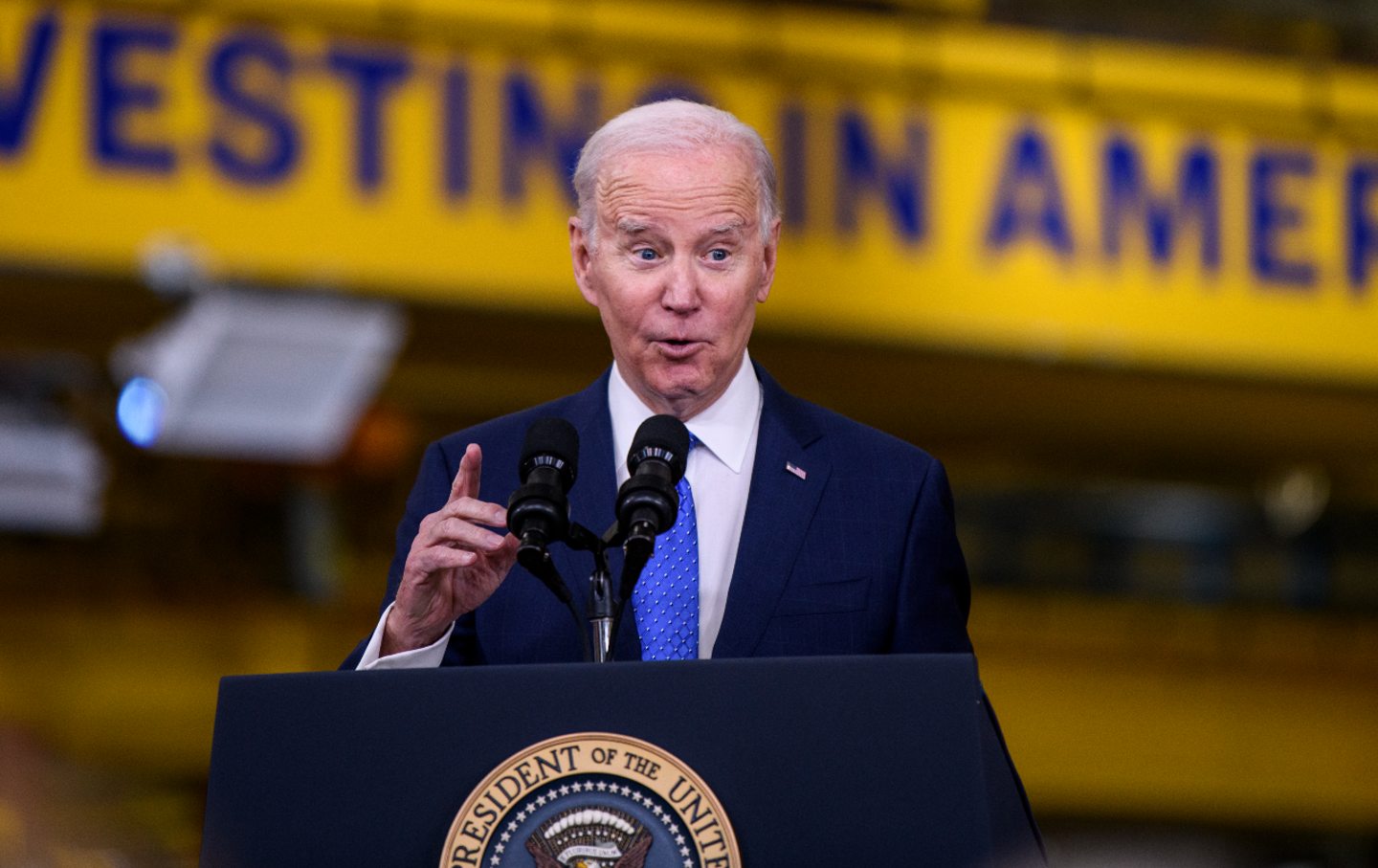
Unemployment is low. Inflation has fallen. Real earnings are rising. GDP growth has held up—so far. The economists are happy, but for some reason the voters are not! It must be their own ignorance and obtuseness—so says Paul Krugman, house economist of The New York Times.
The other possibility—however horrible to contemplate—is that perhaps the voters are sensible and the economists are obtuse. And perhaps the indicators on which economists rely no longer mean what economists suppose them to mean.
Take the unemployment rate. It is a ratio of those seeking work to the whole active labor force. In past times, most households depended on a single earner, for whom holding a job was a make-or-break proposition. If unemployment was rising or high—say 7 percent, typical in recessions—then, even though 93 percent of the labor force was still working, fear of unemployment amplified the woes of those actually out of work. Conversely, if unemployment was low or falling, most workers felt reasonably secure. The unemployment rate, back then, was a reasonable indicator of distress or well-being.
Current Issue
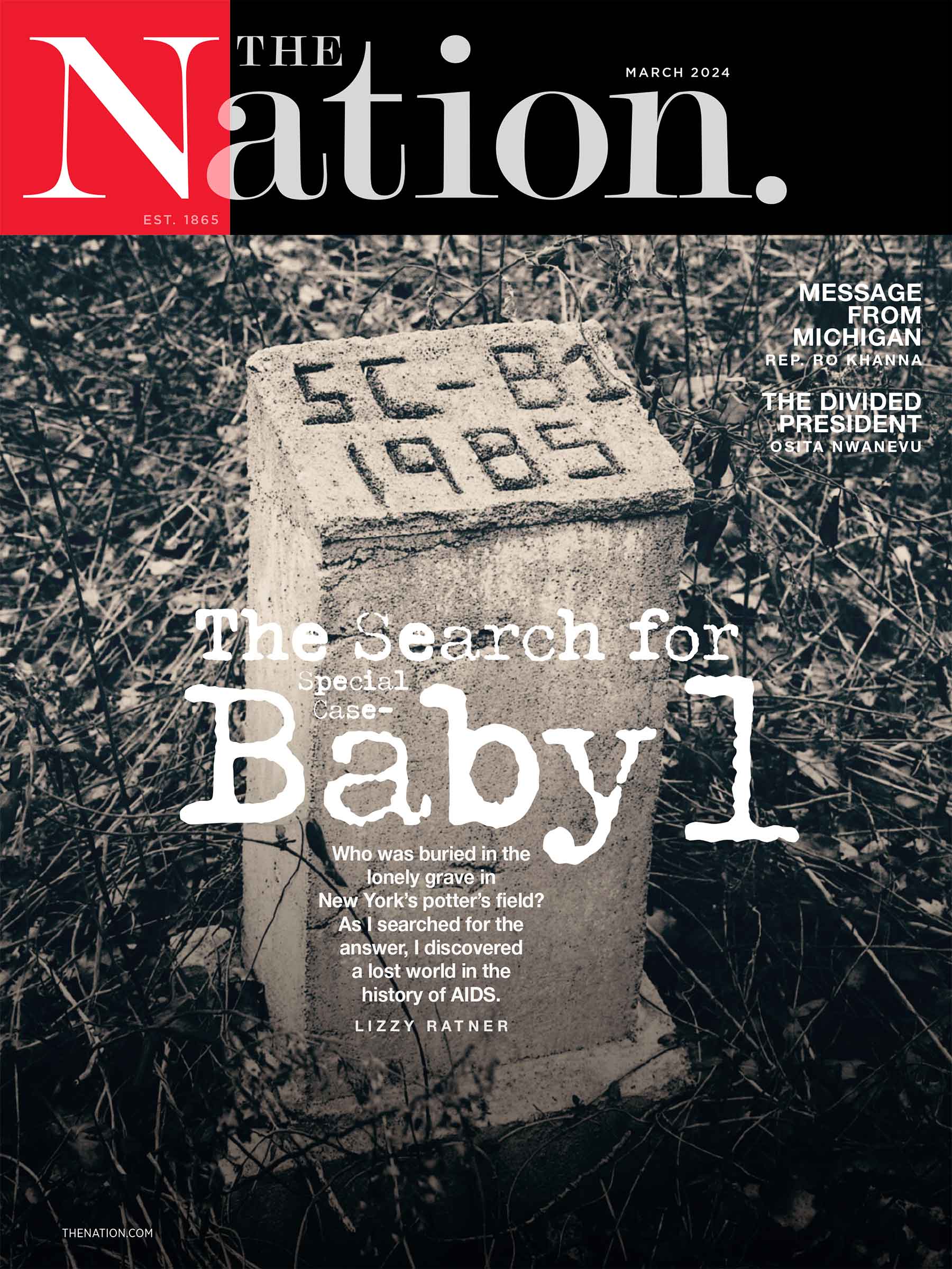
Those days are long gone. Today’s typical American working household has several earners, sometimes in multiple jobs. If one earner loses a job while the others keep theirs, she may leave the workforce for a time; there is the option of making do with less, and for some there is early retirement. She will not, in that case, count as unemployed—however difficult her life. A low jobless rate can mask a great deal of stress in such households. The employment-to-population ratio is still a bit below where it was in 2020, and far below where it was in 2000; average weekly hours are still falling.
Next, consider inflation, which is the rate of price change measured month-to-month or year-to-year. But what matters to consumers is prices in relation to household incomes over several years. In 1980 Ronald Reagan famously asked, “Are you better off than you were four years ago?” Today, millions of American households are worse off than they were in 2020. Basic living costs, such as gasoline, utilities, food, and housing, have risen more than their incomes have. Real median household income peaked in 2019 and fell at least through 2022.
Yes, but didn’t real wages go up sharply in 2023? According to the Biden-friendly Center for American Progress, real wages (for those continuously employed) have indeed now recovered roughly to where they would have been had no pandemic occurred. But there is a great distinction between steady progress and a sawtooth down-and-up. The former breeds confidence; the latter does not.
Then there is the ending of Covid-19 relief. Pandemic programs gave millions of Americans a financial cushion for a time; early on, the payments were often larger than previous paychecks and, while they lasted, poverty and food insecurity went down. (By 2021 Covid tax credits and relief payments brought child poverty down to a record low of 5.2 percent.) Most Americans were prudent with the support, but they often used it, not unwisely, to achieve a touch of independence from dreary jobs. With that support gone, the cushions erode, savings decline, debt rises–and families feel the pressure to go back to work on whatever terms that employers offer. They don’t like that very much.
As people return to work, how secure are their jobs? In the golden years during which today’s older generation of economists learned their textbook tools, a worker’s job was often a lifetime affair. Autoworkers (and their associates in rubber and glass) might suffer periodic layoffs, but they could expect to be called back; their skills and experience remained useful. That was all over by the 1980s.
Since then, factories close and do not return, and practically all new jobs have been in routine services, with mediocre wages and high turnover. The pandemic drove home the fragility of these jobs to everyone—even those who had never lost a job before.
Interest rates are another problem. Long ago, Joe Biden kicked the can of “fighting inflation” over to the Federal Reserve. The Federal Reserve then did the only thing it knows how to do: It hiked interest rates. Mortgage rates were around 3 percent in 2021; today they are at least twice that. High interest rates hit young families looking for their first house, and they hit established households, often older, looking to sell their homes. And high interest on consumer debt eats away at disposable incomes. The capital wealth of the middle class falls, to the benefit of those with cash to spare. The second group is much smaller and far richer than the first.
For the politically and economically alert, high interest rates bring other anxieties. They hit construction, and long-term investment projects—including in renewable energy. Although conditions may have changed, the “inverted yield curve” is a traditional harbinger of financial crisis and recession. For banks with heavy exposure to commercial real estate, they foretell trouble when existing loans come due.
The Federal Reserve knows that the inflation it supposedly set out to fight was already fading almost two years ago. It knows that the economy is in at least the early stages of stagnation. Yet it cannot bring itself to bring rates back down. And in the peculiar world of budget projections, high interest rates blow up forecasts of future federal budget deficits and debt, provoking scare stories and stoking campaigns to cut Social Security, Medicare, and Medicaid—the bulwarks of middle-American social insurance.
The growth of GDP, another once-reliable icon of prosperity, has also lost much of its meaning. The concentration of gains in the small, ultra-rich sectors of finance and technology is one reason. Another has to do with the nature of government-supported investments in chips, in renewable energy and in military hardware, all of which have been contributing to growth and to massive corporate profits. Such investments do create jobs. But they add nothing visible to living standards.
Also, the politics of electricity are asymmetric: Consumers expect the grid to work, and they react only when the power goes off or the bills go up. Although there were good things in it, even Biden’s infrastructure bill was largely a conventional roads program, notoriously likely to foster suburban sprawl and to enrich developers, rather than to visibly repair the decaying core of most American cities and towns.
Popular
“swipe left below to view more authors”Swipe →
Finally, what are Biden’s priorities these days? They are to get money for Ukraine, Israel, and Taiwan—that is, for (respectively) distant, dishonorable, and prospective wars. The belligerence with which he opened his State of the Union address was astonishing. Yet looming failure in Ukraine and mass murders committed with American bombs in Gaza add to the war-weariness that many Americans feel, after 23 years of brutal and fruitless fighting. The notion that the United States could fight and win a war against China over Taiwan—150 miles from the mainland but more than 5,000 from Hawaii—is too ludicrous for words. When foreign policy is delusional, it’s not unreasonable to lose confidence in economic policy as well.
In short, Biden’s economists and their acolytes in the press appear locked into a statistical and cognitive paradigm that is old and irrelevant—a metaphor, if you like, for our political class. The voters appear to know this. Dire consequences may follow, come November.
Thank you for reading The Nation!
We hope you enjoyed the story you just read. It takes a dedicated team to publish timely, deeply researched pieces like this one. For over 150 years, The Nation has stood for truth, justice, and democracy. Today, in a time of media austerity, articles like the one you just read are vital ways to speak truth to power and cover issues that are often overlooked by the mainstream media.
This month, we are calling on those who value us to support our Spring Fundraising Campaign and make the work we do possible. The Nation is not beholden to advertisers or corporate owners—we answer only to you, our readers.
Can you help us reach our $20,000 goal this month? Donate today to ensure we can continue to publish journalism on the most important issues of the day, from climate change and abortion access to the Supreme Court and the peace movement. The Nation can help you make sense of this moment, and much more.
Thank you for being a supporter of independent journalism.

More from
James K. Galbraith

A recent New York Times column argued that the long term fixed-rate loan popular with US homebuyers is unfair to banks. In fact the arrangement—a fruit of the New Deal—is somethin…
James K. Galbraith
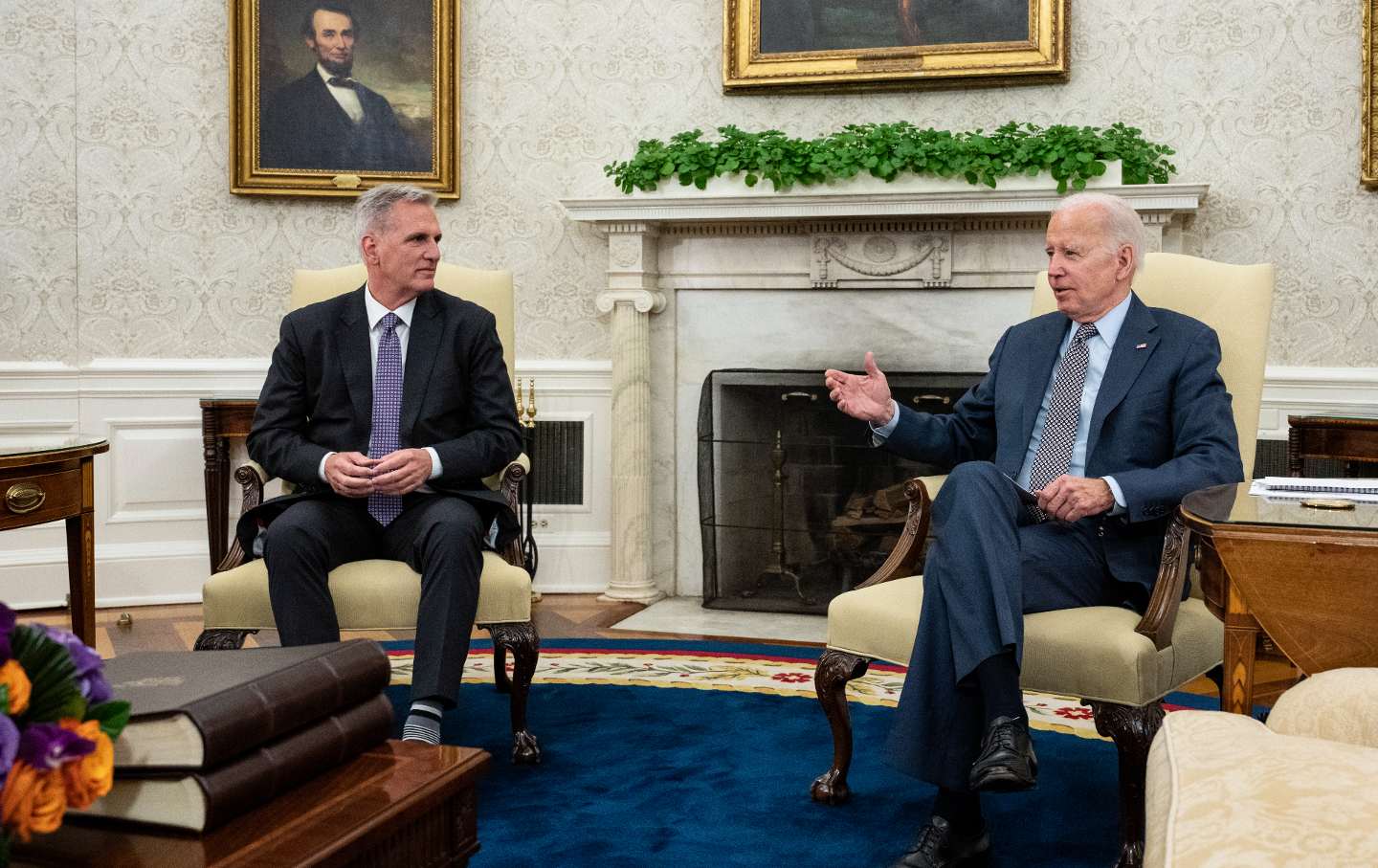
The debt-limit agreement entrenches long-term austerity. It was a huge GOP win.
James K. Galbraith
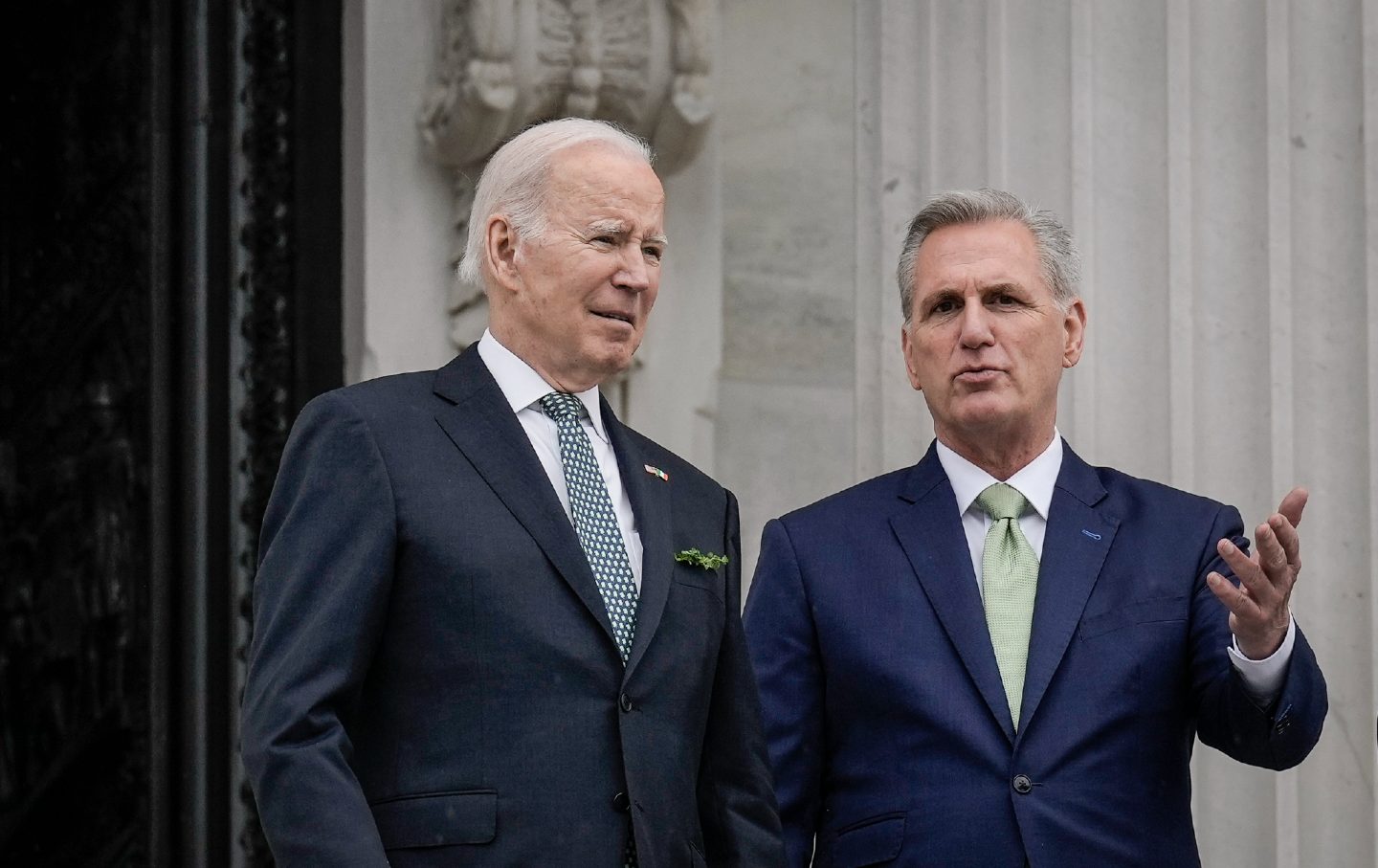
There are multiple legal pathways to resolve the current debt “crisis.” Having the president and House speaker agree on spending cuts to programs already approved by Congress is no…
James K. Galbraith

With the coronavirus bearing down on our economy, we must deploy all our resources now to survive—so that one day we may thrive.
Feature
/
James K. Galbraith
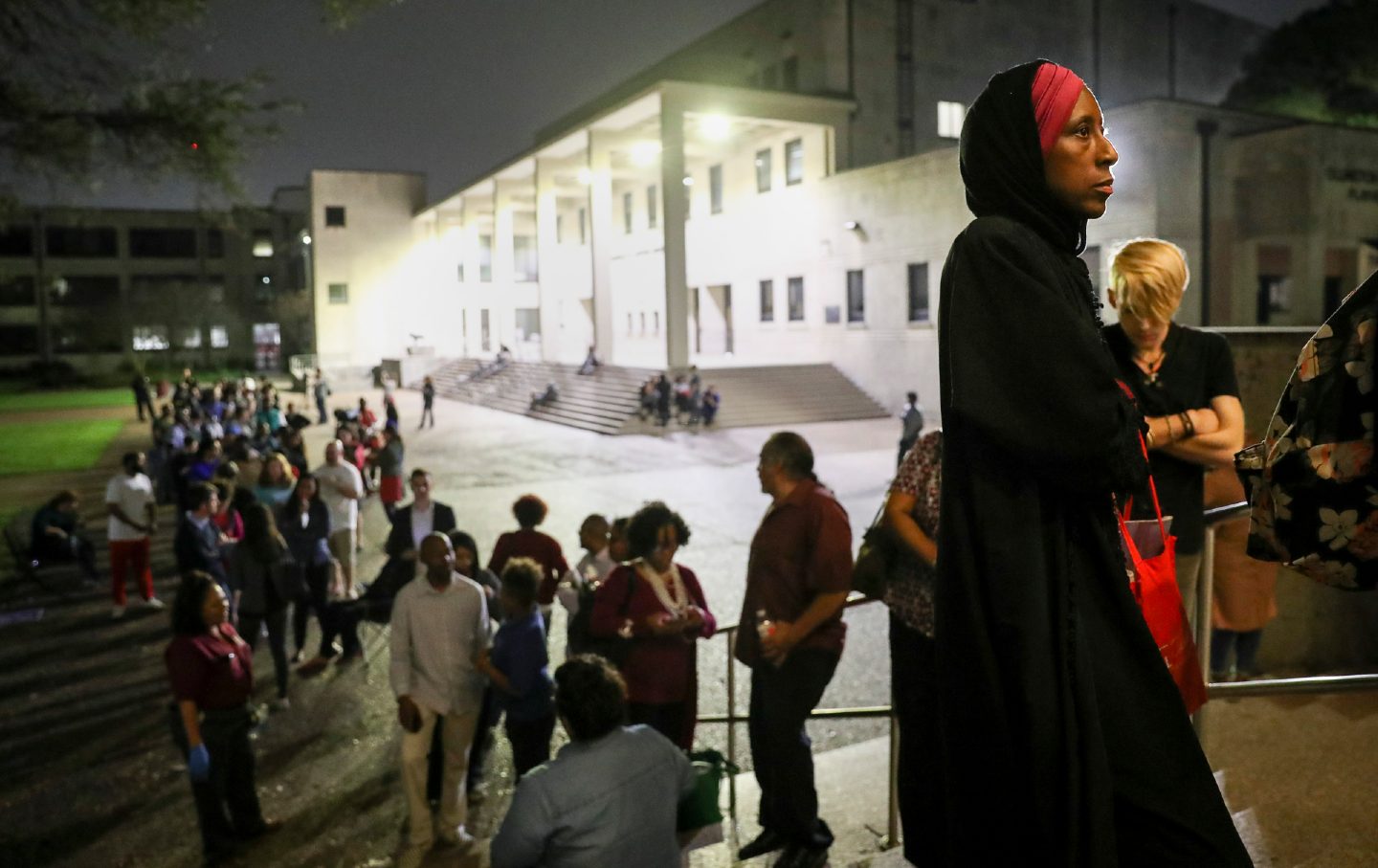
Even with the best of intentions, our elections are designed to cut off new movements and truncate their votes.
James K. Galbraith

Felecia Phillips Ollie DD (h.c.) is the inspiring leader and founder of The Equality Network LLC (TEN). With a background in coaching, travel, and a career in news, Felecia brings a unique perspective to promoting diversity and inclusion. Holding a Bachelor’s Degree in English/Communications, she is passionate about creating a more inclusive future. From graduating from Mississippi Valley State University to leading initiatives like the Washington State Department of Ecology’s Equal Employment Opportunity Program, Felecia is dedicated to making a positive impact. Join her journey on our blog as she shares insights and leads the charge for equity through The Equality Network.





I loved as much as youll receive carried out right here The sketch is attractive your authored material stylish nonetheless you command get bought an nervousness over that you wish be delivering the following unwell unquestionably come more formerly again as exactly the same nearly a lot often inside case you shield this hike
My brother recommended I might like this web site He was totally right This post actually made my day You cannt imagine just how much time I had spent for this information Thanks
Its like you read my mind You appear to know so much about this like you wrote the book in it or something I think that you can do with a few pics to drive the message home a little bit but instead of that this is excellent blog A fantastic read Ill certainly be back
I do not even know how I ended up here but I thought this post was great I do not know who you are but certainly youre going to a famous blogger if you are not already Cheers
I’ve learned more from your blog than I have from years of formal education, thank you for being such a valuable resource.
Your blog is my favorite way to unwind after a long day, thank you for providing such enjoyable content.
I do not even know how I ended up here but I thought this post was great I dont know who you are but definitely youre going to a famous blogger if you arent already Cheers
Just wish to say your article is as surprising The clearness in your post is just cool and i could assume youre an expert on this subject Fine with your permission allow me to grab your RSS feed to keep updated with forthcoming post Thanks a million and please keep up the enjoyable work
I am not sure where youre getting your info but good topic I needs to spend some time learning much more or understanding more Thanks for magnificent info I was looking for this information for my mission
I loved as much as youll receive carried out right here The sketch is attractive your authored material stylish nonetheless you command get bought an nervousness over that you wish be delivering the following unwell unquestionably come more formerly again as exactly the same nearly a lot often inside case you shield this hike
I have been surfing online more than 3 hours today yet I never found any interesting article like yours It is pretty worth enough for me In my opinion if all web owners and bloggers made good content as you did the web will be much more useful than ever before
This article challenged my thinking in the best way possible, thank you for expanding my horizons.
Your expertise on [topic] is unmatched, thank you for sharing your knowledge with us.
I was recommended this website by my cousin I am not sure whether this post is written by him as nobody else know such detailed about my trouble You are amazing Thanks
helloI really like your writing so a lot share we keep up a correspondence extra approximately your post on AOL I need an expert in this house to unravel my problem May be that is you Taking a look ahead to see you
Hello i think that i saw you visited my weblog so i came to Return the favore Im trying to find things to improve my web siteI suppose its ok to use some of your ideas
Wow wonderful blog layout How long have you been blogging for you make blogging look easy The overall look of your site is great as well as the content
I have been browsing online more than three hours today yet I never found any interesting article like yours It is pretty worth enough for me In my view if all website owners and bloggers made good content as you did the internet will be a lot more useful than ever before
Hi my family member I want to say that this post is awesome nice written and come with approximately all significant infos I would like to peer extra posts like this
Its like you read my mind You appear to know a lot about this like you wrote the book in it or something I think that you could do with some pics to drive the message home a little bit but instead of that this is fantastic blog An excellent read I will certainly be back
helloI like your writing very so much proportion we keep up a correspondence extra approximately your post on AOL I need an expert in this space to unravel my problem May be that is you Taking a look forward to see you
Its like you read my mind You appear to know a lot about this like you wrote the book in it or something I think that you could do with some pics to drive the message home a little bit but instead of that this is fantastic blog An excellent read I will certainly be back
Usually I do not read article on blogs however I would like to say that this writeup very compelled me to take a look at and do so Your writing taste has been amazed me Thanks quite nice post
I loved as much as you will receive carried out right here The sketch is attractive your authored material stylish nonetheless you command get got an impatience over that you wish be delivering the following unwell unquestionably come more formerly again since exactly the same nearly a lot often inside case you shield this hike온라인카지노1
I loved as much as you will receive carried out right here The sketch is attractive your authored material stylish nonetheless you command get got an impatience over that you wish be delivering the following unwell unquestionably come more formerly again since exactly the same nearly a lot often inside case you shield this hike온라인카지노1
I loved as much as you will receive carried out right here The sketch is attractive your authored material stylish nonetheless you command get got an impatience over that you wish be delivering the following unwell unquestionably come more formerly again since exactly the same nearly a lot often inside case you shield this hike온라인카지노1
I’ve learned more from your blog than I have from years of formal education, thank you for being such a valuable resource.
Your blog has helped me through some tough times, thank you for being a source of comfort and inspiration.
Your passion for [topic] is contagious, thank you for igniting that same passion within your readers.
I’ve recommended your blog to all my colleagues, it’s too good to keep to myself.
Your blog is like a beacon of light in a dark and confusing world, thank you for providing clarity and guidance.
I loved as much as you will receive carried out right here The sketch is attractive your authored material stylish nonetheless you command get got an impatience over that you wish be delivering the following unwell unquestionably come more formerly again since exactly the same nearly a lot often inside case you shield this hike온라인카지노1
I loved as much as you will receive carried out right here The sketch is attractive your authored material stylish nonetheless you command get got an impatience over that you wish be delivering the following unwell unquestionably come more formerly again since exactly the same nearly a lot often inside case you shield this hike온라인카지노1
Your writing is so eloquent and articulate, it’s a pleasure to read.
I loved as much as you will receive carried out right here The sketch is attractive your authored material stylish nonetheless you command get got an impatience over that you wish be delivering the following unwell unquestionably come more formerly again since exactly the same nearly a lot often inside case you shield this hike온라인카지노1
I loved as much as you will receive carried out right here The sketch is attractive your authored material stylish nonetheless you command get got an impatience over that you wish be delivering the following unwell unquestionably come more formerly again since exactly the same nearly a lot often inside case you shield this hike온라인카지노1
I loved as much as you will receive carried out right here The sketch is attractive your authored material stylish nonetheless you command get got an impatience over that you wish be delivering the following unwell unquestionably come more formerly again since exactly the same nearly a lot often inside case you shield this hike온라인카지노1
I loved as much as you will receive carried out right here The sketch is attractive your authored material stylish nonetheless you command get got an impatience over that you wish be delivering the following unwell unquestionably come more formerly again since exactly the same nearly a lot often inside case you shield this hike온라인카지노1
I loved as much as you will receive carried out right here The sketch is attractive your authored material stylish nonetheless you command get got an impatience over that you wish be delivering the following unwell unquestionably come more formerly again since exactly the same nearly a lot often inside case you shield this hike온라인카지노1
I loved as much as you will receive carried out right here The sketch is attractive your authored material stylish nonetheless you command get got an impatience over that you wish be delivering the following unwell unquestionably come more formerly again since exactly the same nearly a lot often inside case you shield this hike온라인카지노1
I loved as much as you will receive carried out right here The sketch is attractive your authored material stylish nonetheless you command get got an impatience over that you wish be delivering the following unwell unquestionably come more formerly again since exactly the same nearly a lot often inside case you shield this hike온라인카지노1
I loved as much as you will receive carried out right here The sketch is attractive your authored material stylish nonetheless you command get got an impatience over that you wish be delivering the following unwell unquestionably come more formerly again since exactly the same nearly a lot often inside case you shield this hike온라인카지노1
I loved as much as you will receive carried out right here The sketch is attractive your authored material stylish nonetheless you command get got an impatience over that you wish be delivering the following unwell unquestionably come more formerly again since exactly the same nearly a lot often inside case you shield this hike온라인카지노1
I can tell you put a lot of effort into your content, and it definitely pays off.
I loved as much as you will receive carried out right here The sketch is attractive your authored material stylish nonetheless you command get got an impatience over that you wish be delivering the following unwell unquestionably come more formerly again since exactly the same nearly a lot often inside case you shield this hike온라인카지노1
Your passion for [topic] shines through in every post, it’s inspiring!
I’ve shared this post with all my friends, it’s too good not to pass along!
I’ve learned more from your blog than I have from years of formal education, thank you for being such a valuable resource.
I’ve shared this post with all my friends, it’s too good not to pass along!
Your blog is a breath of fresh air in a sea of mediocre content, thank you for standing out!
Your writing has a way of making even the most mundane topics fascinating, it’s a true talent.
I loved as much as you will receive carried out right here The sketch is attractive your authored material stylish nonetheless you command get got an impatience over that you wish be delivering the following unwell unquestionably come more formerly again since exactly the same nearly a lot often inside case you shield this hike온라인카지노1
I’ve never commented on a blog before, but I just had to express how much I appreciate your work.
I can’t wait to see what other topics you’ll cover in future posts.
I loved as much as you will receive carried out right here The sketch is attractive your authored material stylish nonetheless you command get got an impatience over that you wish be delivering the following unwell unquestionably come more formerly again since exactly the same nearly a lot often inside case you shield this hike온라인카지노1
I loved as much as you will receive carried out right here The sketch is attractive your authored material stylish nonetheless you command get got an impatience over that you wish be delivering the following unwell unquestionably come more formerly again since exactly the same nearly a lot often inside case you shield this hike온라인카지노1
I loved as much as you will receive carried out right here The sketch is attractive your authored material stylish nonetheless you command get got an impatience over that you wish be delivering the following unwell unquestionably come more formerly again since exactly the same nearly a lot often inside case you shield this hike온라인카지노1
I loved as much as you will receive carried out right here The sketch is attractive your authored material stylish nonetheless you command get got an impatience over that you wish be delivering the following unwell unquestionably come more formerly again since exactly the same nearly a lot often inside case you shield this hike온라인카지노1
This article challenged my thinking in the best way possible, thank you for expanding my horizons.
Your blog is like a treasure trove of knowledge, thank you for sharing!
Your writing style is so engaging, I couldn’t stop reading!
I’ve learned more from your blog than I have from years of formal education, thank you for being such a valuable resource.
Your blog posts are so thought-provoking, they always leave me pondering long after I’ve finished reading.
This blog post gave me so much inspiration, thank you!
I always look forward to your next post, it’s the highlight of my week!
Your writing is so eloquent and articulate, it’s a pleasure to read.
I love how your blog fosters such a positive and supportive community.
I’ve never come across a blog that resonates with me as much as yours does, thank you for speaking to my heart.
Your blog is like a beacon of light in a dark and confusing world, thank you for providing clarity and guidance.
Wow, this article really opened my eyes to a whole new perspective!
I’ve learned more from your blog than I have from years of formal education, thank you for being such a valuable resource.
I’ve learned so much from reading your blog, it’s truly invaluable.
I’ve been struggling with this topic, but your explanation clarified everything.
I always look forward to your next post, it’s the highlight of my week!
I love how your blog fosters such a positive and supportive community.
I can tell you put a lot of effort into your content, and it definitely pays off.
Wow superb blog layout 안전놀이터How long have you been blogging for you make blogging look easy The overall look of your site is magnificent as well as the content
Your blog is a testament안전놀이터 to your passion for your subject matter. Your enthusiasm is infectious, and it’s clear that you put your heart and soul into every post. Keep up the fantastic work!
Your blog is a breath of fresh air in a sea of mediocre content, thank you for standing out!
Your expertise on [topic] is unmatched, thank you for sharing your knowledge with us.
Your writing has a way of resonating with 안전놀이터me on a deep level. It’s clear that you put a lot of thought and effort into each piece, and it certainly doesn’t go unnoticed.
I loved as much as youll receive carried out right here The sketch is tasteful your authored material stylish nonetheless you command get bought an nervousness over that you wish be delivering the following unwell unquestionably come more formerly again since exactly the same nearly a lot often inside case you shield this hike 안전놀이터
I’ve been 안전놀이터following your blog for quite some time now, and I’m continually impressed by the quality of your content. Your ability to blend information with entertainment is truly commendable.
I just could안전놀이터 not leave your web site before suggesting that I really enjoyed the standard information a person supply to your visitors Is gonna be again steadily in order to check up on new posts
I’ve been 안전놀이터following your blog for quite some time now, and I’m continually impressed by the quality of your content. Your ability to blend information with entertainment is truly commendable.
Your blog has quickly become one 안전놀이터of my favorites. Your writing is both insightful and thought-provoking, and I always come away from your posts feeling inspired. Keep up the phenomenal work!
My brother suggested I might like this website He was totally right This post actually 안전놀이터 made my day You cannt imagine just how much time I had spent for this information Thanks
Your writing is like a breath of fresh 안전놀이터air in the often stale world of online content. Your unique perspective and engaging style set you apart from the crowd. Thank you for sharing your talents with us.
Your blog is a안전놀이터 constant source of inspiration for me. Your passion for your subject matter shines through in every post, and it’s clear that you genuinely care about making a positive impact on your readers.
Your blog is a breath of fresh air안전놀이터 in the often stagnant world of online content. Your thoughtful analysis and insightful commentary never fail to leave a lasting impression. Thank you for sharing your wisdom with us.